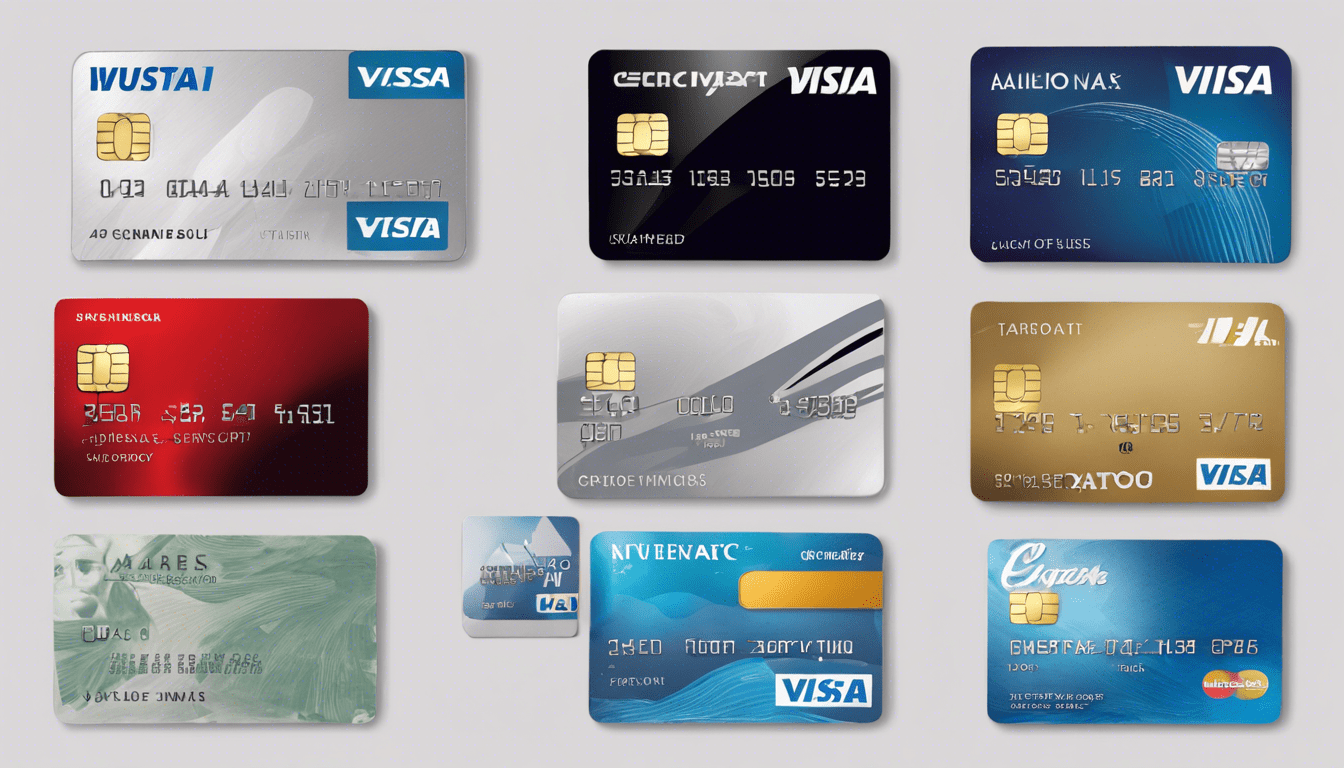The Friendly Guide to Balance Transfer Credit Cards

Are Balance Transfer Credit Cards Right for You?
Ever find yourself juggling multiple credit card balances and wondering if there’s a simpler way to manage them? Enter balance transfer credit cards—a nifty solution that can potentially save you money on interest. Let’s break it down in a way that feels as comfortable as chatting with a friend over coffee.
What Exactly is a Balance Transfer Credit Card?

Okay, imagine you’ve got a handful of credit cards, each with its own interest rate. What a balance transfer card does is allow you to move those balances to a single card with a lower, or even 0%, introductory interest rate. It’s like giving your debt a much-needed breather.
Why Should You Consider One?
Picture this: you’ve been paying interest on multiple cards, and the bills just keep piling up. With a balance transfer card, you can consolidate that debt, often paying less in interest. It’s a strategy that can help you get a handle on your finances faster.
Quick Tip!
Before making a move, check the transfer fees. Some cards charge a percentage of the amount you transfer—often around 3-5%.
How Does It Work?
Think of it as refinancing your debt. You apply for a balance transfer card, and once approved, you can transfer your existing credit card balances over. During the introductory period, which can last anywhere from 6 to 21 months, you’ll enjoy a lower interest rate—sometimes even 0%.

Real-World Example:
Meet Sarah, a savvy shopper and a bit of a travel enthusiast. She had balances on three different cards, each with varying interest rates. After some research, she decided to transfer all her balances to a new card offering 0% APR for 18 months. By doing this, Sarah saved hundreds in interest and paid off her debt faster than she imagined.
Interactive Element Idea:
Why not try a balance transfer calculator? It can help you see how much you might save by transferring your balances. Give it a whirl!
What to Watch Out For:
While balance transfer cards can be a great tool, they’re not magic wands. Here are a few things to keep in mind:
- Introductory Period: Be aware of when the intro rate ends. After that, the interest rate could jump significantly.
- Transfer Fees: As mentioned, some cards have fees, so weigh these against the potential savings.
- Credit Impact: Applying for new credit might initially damage your score, but paying down debt could improve it over time.
Anecdote Time!
I once had a friend who transferred her balances without checking the post-introductory rate. When it kicked in, it was higher than her original cards! Lesson learned: always read the fine print.
Is It Worth It?
If you’re disciplined about paying off your balance within the introductory period and can manage any fees, a balance transfer card can be a financial lifesaver. It’s all about planning and being aware of the details.

Actionable Advice:
Ready to take control of your debt? Consider a balance transfer card if you’re looking to simplify your finances and save on interest. Just be sure to do your homework and choose a card that aligns with your financial goals.
period, transfer fees, credit impact, debt management, saving on interest
External Links:
- Learn more about smart budgeting techniques here.
- Detailed guide on balance transfer strategies.
By keeping these tips in mind, you’re well on your way to making informed decisions about balance transfer credit cards. Happy saving!
Originally posted 2025-01-24 09:57:43.



